DeepMode Blogs | Blogs about AI character generation
Guide to DeepMode's Prime Video
Published on: 2025/09/09
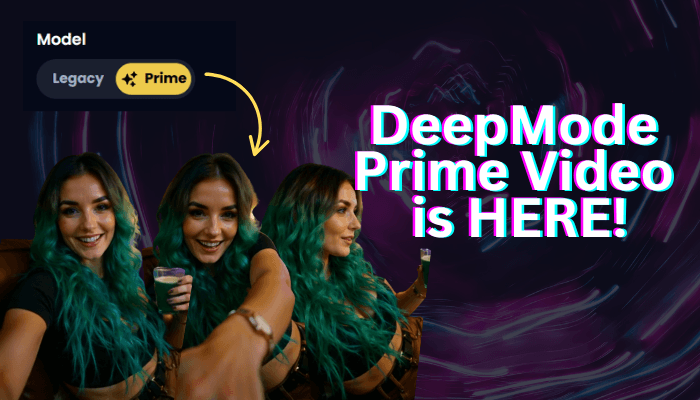
DeepMode just launched a smarter, smoother, and more cinematic way to create AI video.
DeepMode’s Prime Video is here and is availabe for All-in-One model. This upgrade brings sharper detail, smoother motion, and smarter prompt handling, giving creators the tools to push their imagination even further.
This article will explain what Prime can do and give you walkthrough for the best practices for prompting the model – covering both text-to-video and image-to-video scenarios.
How DeepMode Prime Interprets Your Prompts
Text-to-Video Mode
When you type a text prompt, Prime Video will build the entire scene from scratch. It interprets your description for characters, motion, and cinematic details, then generates a sequence of frames that bring your idea to life.
Image-to-Video Mode
When you upload an image and add a prompt, Prime Video uses that image as the foundation and animates it according to your instructions. It keeps the main look and style of the image while adding realistic movement, atmosphere, and detail.
Text-to-Image Mode
Prime also works for still image creation. By entering a text prompt, you can generate high-quality, cinematic images. This is perfect for concept art, character portraits, or storyboards, giving you a polished look without needing a reference photo.
What Makes Prime Video Better?
If you’ve been experimenting with video generation before, you’ll notice right away that Prime Video feels different. It’s a complete reimagining of how AI can bring prompts to life. Every clip is sharper, smoother, and more aligned with your vision. Here’s what sets Prime Video apart:
1. Cinematic Visual Control Prime Video introduces professional-level cinematic storytelling. It understands lighting, color, and composition, recreating the look and feel of cinema in every clip.
2. Smoother Motion The motion engine has been upgraded for stability and fluidity. From human body movement to complex interactions, Prime Video creates videos that flow naturally.
3. Precise Prompt Following The model is far better at handling detailed instructions. Multi-object scenes, complex actions, and nuanced styles are now easier to achieve.
Prompt Recipe and Best Practices
Prompts are the key to unlocking Prime Video’s full potential. The more precise and descriptive you are, the closer the results will match your vision. Whether you’re just starting out or you’re already pushing advanced scene building, here are a few ways to structure your prompts for the best outcome.
Basic Formula
Perfect if you’re new to AI video or just want quick inspiration. Simple, open-ended prompts can generate imaginative and fun clips.
Formula: Prompt = Subject + Scene + Motion
● Subject: The main focus of the video (a person, character, animal, or object).
● Scene: Where the subject is located (real or fictional settings).
● Motion: The action or movement (e.g., “walking,” “looking at camera,” “dancing”).
Example: “A woman wearing a red dress in cafe smiling and waving to the camera.”
Advanced Formula
For creators who want more cinematic detail. Adding descriptions for style, motion, and atmosphere gives Prime Video stronger direction, producing more vivid and polished results.
Formula:
● Prompt = Subject (Description) + Scene (Description) + Motion (Description) + Aesthetic Control + Stylization
● Subject Description: Appearance details (“tall woman, black hair, futuristic armor”).
● Scene Description: Environment details (“rain-soaked city street, glowing billboards”).
● Motion Description: How the subject moves (“slowly turning, wind blowing hair”).
● Aesthetic Control: Camera, lighting, or composition (“wide shot, cinematic lighting, golden hour”).
● Stylization: Artistic style (“cyberpunk,” “dreamlike illustration,” “film noir”).
Example: “A futuristic warrior with glowing armor stands in a rain-soaked cyberpunk city, neon signs flickering, hair blowing in the wind. Wide shot, cinematic lighting, cyberpunk style.”
Best Practices
Use clear, cinematic actions Prime Video is trained to understand natural language and cinematic direction. Write prompts as if you’re describing a scene in a movie.
✅ “A woman slowly turns her head toward the camera, soft lighting reflecting in her eyes.”
❌ “Woman, dramatic, close-up, cinematic, stylish.”
❌ “Looking cool at the camera.”
Keep the action clear per shot
Each clip is either 5s or 8s long, so stick to one main action. Trying to fit multiple movements can cut off or break the flow.
✅ “The man walks forward and waves at the camera.”
❌ “He runs across the room, sits down, opens a book, then laughs.”
❌ “She spins, dances, waves, and blows a kiss.”
Be specific with details
✅ “She adjusts the strap of her red dress with her left hand, smiling softly.”
❌ “She fixes her clothes.”
❌ “The character interacts with her outfit.”
Experiment with LoRAs (High vs Low Noise)
If you’ve browsed and selected a LoRA inside the LoRA library for Prime Videos, you may have noticed that they are labeled with high-noise and low-noise. These aren’t random tags, they affect your final output.
High-noise LoRAs
Kick in during the early stages of generation, when the model is still shaping the big picture. They influence layout, composition, and motion planning, making them ideal for setting up strong poses, dynamic movements, or overall scene structure.
Low-noise LoRAs
Come into play in the later stages of generation, focusing on the fine details like textures, lighting, atmosphere, and polish. They’re perfect for refining skin quality, hair detail, or cinematic finishing touches.
The sweet spot for these two is around 0.7-0.9. Choosing the right balance for High and Low noise can make the difference between a flat result and something that really pops.
Example Generations
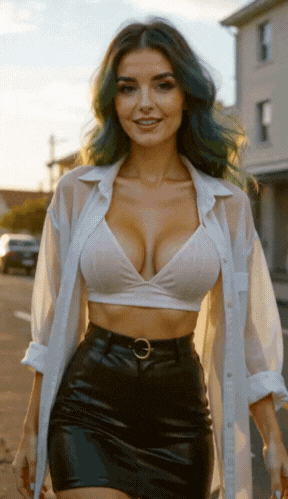
Showcasing the sun's flare and the subject's movement.
Prompt: Woman wearing an oversized shirt and a sexy skirt. She turned her back to the camera and walks away flirty in the street. The camera smoothly arcs to the right, following her movement. causing the bright sun from the left to sweep across the lens and create a beautiful cinematic flare.
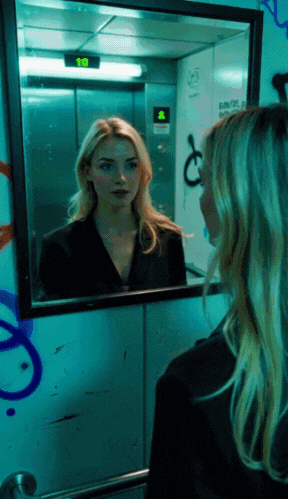
Adding mood to your generations with the use of ligthing and angle.
Prompt: High contrast lighting, mixed lighting, night time, top lighting, medium shot, high angle shot, fisheye lens, fluorescent lighting. In a dimly lit elevator, a blonde woman stands in front of a mirror. In a close-up, eye-level shot, she is wearing black clothes and her hair is down. Her gaze falls on her own reflection in the mirror, and then she covers her face with her hands. The elevator interior is illuminated by green light, and the walls are covered with various graffiti and posters. The mirror reflects an identical scene, creating an infinite loop effect. The distant background is blurry and indistinct, with only some silhouettes and an interplay of light and shadow visible.
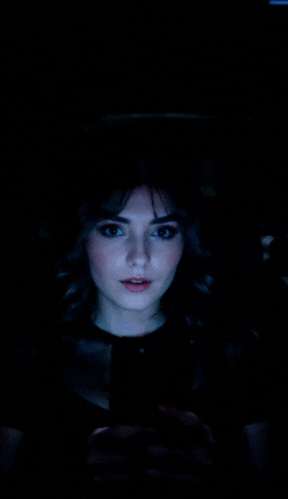
Adding expression and emotion to your creation
Prompt: In a dark room, only the faint light from a phone screen illuminates a young woman's face. Her pupils are dilated with extreme fear, and her lips are slightly parted, but she makes no sound. A cold bead of sweat slides from her forehead, slowly trickling past her temple and down her rigid cheek.
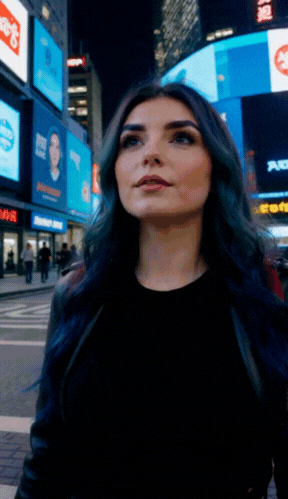
Create basic camera movement using your prompt.
Prompt: A woman lost in the city in New York's Times Square, looks up. The camera tilts up, following her gaze. Starting from the ground, it slowly reveals the massive, glittering, and dizzying skyscrapers and billboards, powerfully emphasizing her smallness and helplessness in a vast world.
Start Creating with DeepMode Prime
With Prime Video, you can generate even better and smoother videos for your characters. Go to DeepMode, create your own All in One model and start creating. Whether you're using text-to-video for creative freedom or image-to-video for brand consistency, the key is to practice and iterate. Each prompt can be a story and an opportunity to create something amazing!

